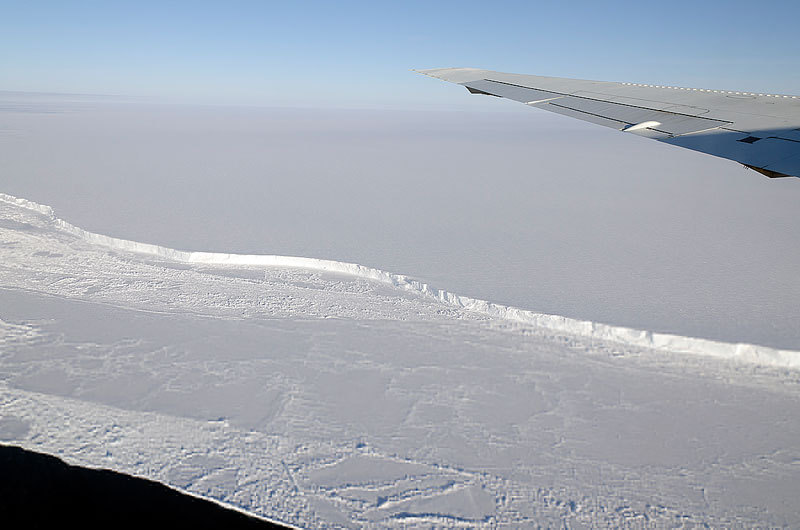Tourists 'threaten' Antarctica
Scientists are concerned that the Antarctic ice continent is being "invaded" by unintentional fruit and tree seeds in tourists' pockets and backpacks.
>>>The amount of fish in Antarctica is showing signs of decline
The unintended fruits and trees are brought to Antarctica by tourists and scientists can bring strange plants, threatening the existence of native plants that make up an ecologically ecologically important ecosystem. by here.
Invasive exotic plants are one of the biggest threats to Antarctica, especially when climate changes warm up the ice continent, a report in the Proceedings of the National Academy of Science Journal Publishing Tuesday said.

More than 33,000 tourists and 7,000 scientists visit Antarctica each year by ships and planes, many of them carrying seeds from the countries they used to visit.
The seeds in the pockets, pants, shoes and backpacks unknowingly become seeds that create new plants on the new land. On average each person carries 9.5 seeds in the clothes and utensils they bring.
Among those nuts are Iceland poppies, buffalo tails and winter grasses - all living in cold climates so it is easy to grow in Antarctica.
The Antarctic Peninsula, the destination of most tourists, is considered a "hot spot" on the ice continent and has a warmer climate, making it easier for seeds to flourish.
The first study to assess the risk of Antarctic invasive species, surveyed about 1,000 passengers during 2007-2008, the first International Year of Polarity.
The study was conducted in nearly 3 places to determine the types of seeds and their impact on the icy continent. One of the fastest growing plants in Antarctica is winter grass. This species is abundant in the Antarctic sub-region, on King George Island, and the tail of the ice continent, as well as the areas where the sea and penguins are trampled.
- Add a giant iceberg from Antarctica
- Hotel in the wildest place on the planet
- Beams: interesting Antarctica
- Antarctica - 'fire hell' between the earth in the coldest place in the world
- Japanese tourists died of the Great Wall of Snow Storm
- Tourists ruin the Maya Temple during the
- Antarctica is warming up
- Ice melt record in Antarctica
- Discover the first plane on Antarctica
- Deciphering the blood waterfall 'mystery in Antarctica
- Adventurer drives a tractor to Antarctica
- Antarctica is rising
 Is the magnetic North Pole shift dangerous to humanity?
Is the magnetic North Pole shift dangerous to humanity? Washington legalizes the recycling of human bodies into fertilizer
Washington legalizes the recycling of human bodies into fertilizer Lightning stone - the mysterious guest
Lightning stone - the mysterious guest Stunned by the mysterious sunset, strange appearance
Stunned by the mysterious sunset, strange appearance